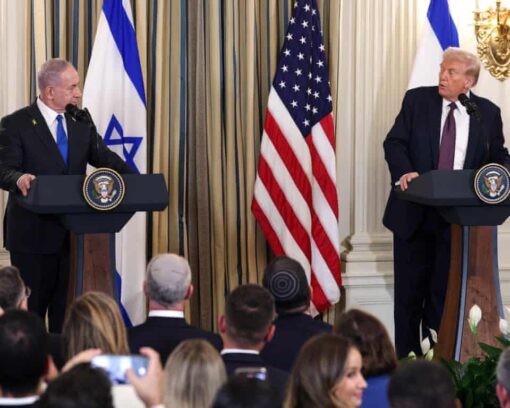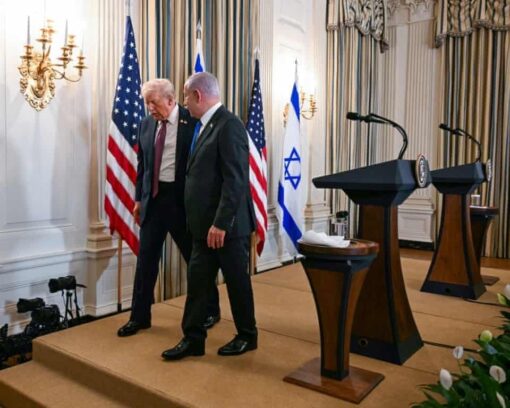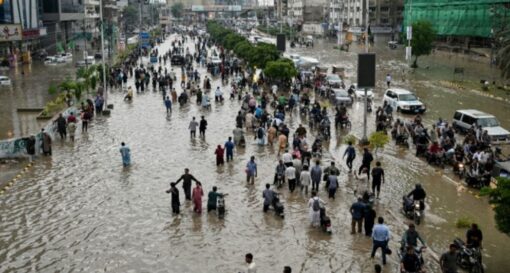The Trump Gaza peace plan was unveiled on September 29, 2025, by former U.S. President Donald Trump and Israeli Prime Minister Benjamin Netanyahu, signaling a major diplomatic push to end the ongoing Gaza conflict. The plan comes amid a heightened humanitarian crisis in Gaza, with thousands of civilians affected by ongoing clashes and a tense hostage situation involving Israeli captives. The proposal aims to immediately halt hostilities, secure hostage releases, and establish a framework for long-term stability and reconstruction in Gaza.
Background: Gaza Conflict and Recent Escalation
The Gaza conflict has deep historical roots, with recurring cycles of violence between Israel and Hamas, the Palestinian Islamist group controlling Gaza. Recent months have seen intensifying airstrikes and militant attacks, prompting international concern over civilian casualties and the destabilization of the region. The urgency of the conflict has led to calls for immediate intervention and innovative diplomatic solutions, which the Trump Gaza peace plan now seeks to address.
Key Provisions of the Trump Gaza Peace Plan
The 21-point Trump Gaza peace plan outlines a multifaceted approach designed to achieve a sustainable ceasefire and reconstruct Gaza’s political and social framework:
- Immediate Ceasefire: A permanent ceasefire is called for between Israeli forces and Hamas, contingent on Hamas’s acceptance. This is intended to stop the immediate bloodshed and create conditions for dialogue.
- Hostage Release: All Israeli hostages held by Hamas must be released within 72 hours of agreement. This is seen as a critical humanitarian and diplomatic step.
- Demilitarization of Gaza: Gaza will undergo phased disarmament under international supervision to ensure long-term security and prevent future conflicts.
- Transitional Governance: A temporary “Board of Peace,” led by Trump and composed of international figures, will oversee the administration and reconstruction of Gaza, ensuring impartial governance during the transition.
- Exclusion of Militants from Governance: Hamas and other militant factions are barred from future political roles, although amnesty and safe passage will be offered to those renouncing violence.
- International Aid and Oversight: Structured international aid mechanisms will support Gaza’s economic recovery and infrastructure rebuilding.

Political Reactions and Support
Prime Minister Netanyahu expressed cautious optimism regarding the Trump Gaza peace plan, emphasizing that its success depends entirely on Hamas agreeing to the terms. He warned that if Hamas rejects the proposal, Israel may resort to unilateral military action, signaling the stakes involved. Netanyahu also criticized recent international recognition of Palestinian statehood by some Western nations, describing it as “disgraceful” and undermining peace prospects.
Regional stakeholders have shown interest in the plan. The United Arab Emirates publicly urged Netanyahu to embrace the Trump Gaza peace plan and halt any plans for West Bank annexation, signaling support from key Middle Eastern partners. Meanwhile, Hamas has yet to formally respond, creating uncertainty around the immediate feasibility of the plan.
Trump’s Role and Confidence
Donald Trump, leveraging his experience in Middle East diplomacy, expressed confidence in the plan’s potential to succeed. He stressed that both sides must make concessions, stating, “To reach a reasonable deal for both sides, both sides have to give up a little bit and might leave the table a little bit unhappy, but that is ultimately how we are going to end this conflict.” Trump’s involvement brings a high-profile and globally recognized mediator to the table, adding weight to the plan’s international legitimacy.
International Reactions
Global reactions have been mixed. Several Western countries praised the Trump Gaza peace plan for its structured approach to ceasefire and reconstruction. However, some human rights organizations raised concerns about excluding Hamas entirely from governance, warning that long-term reconciliation may require engagement with all local political factions. United Nations officials highlighted the urgency of addressing humanitarian needs alongside political solutions, emphasizing that civilian protection must remain a priority.
Challenges and Risks
While the Trump Gaza peace plan is ambitious, its success depends on several factors:
- Hamas’s Acceptance: The plan requires Hamas to agree to disarmament and hostage release, which remains uncertain.
- International Support: Sustained backing from global powers is necessary to ensure compliance and effective reconstruction.
- Regional Stability: Cooperation from neighboring countries is crucial to prevent the conflict from spreading.
- Implementation Logistics: The transitional governance structure requires careful coordination to avoid administrative failures during the reconstruction phase.
Potential Impact
If successfully implemented, the Trump Gaza peace plan could mark a historic turning point in the Gaza conflict. By combining immediate security measures, humanitarian relief, and a structured roadmap for political transition, the plan aims to create lasting peace, rebuild critical infrastructure, and stabilize the region economically and socially. Its success could also serve as a model for future US-led peace initiatives in other conflict zones.

The international community now closely monitors the situation, hoping that diplomatic efforts can lead to a breakthrough in a conflict that has caused significant human suffering for decades. The Trump Gaza peace plan, with its focus on ceasefire, hostages, and reconstruction, represents a bold attempt to alter the trajectory of the Gaza crisis and offer hope for long-term peace.
More news at here


